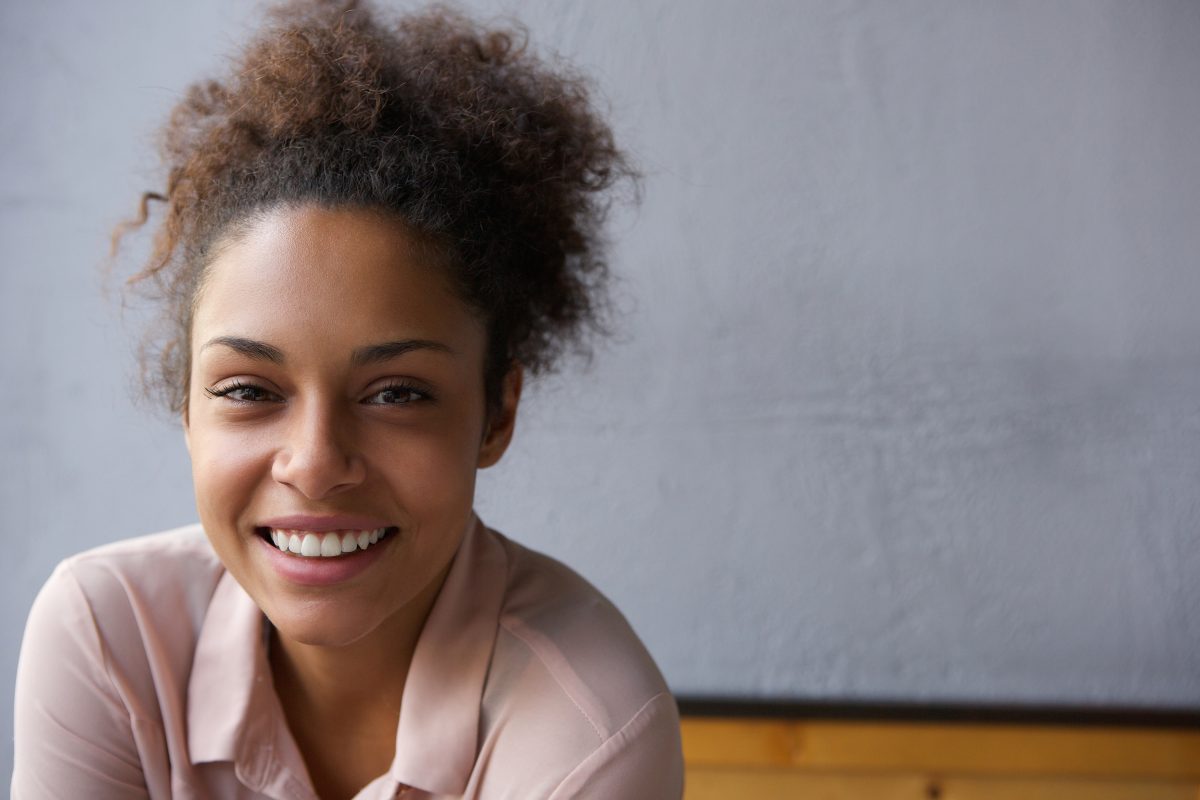Breast Cancer Myths – Get the Facts

Myth: I am less likely to get breast cancer because no one in my family has it.
Fact: Most women diagnosed with breast cancer have no family history. Women who have a family history of breast cancer are considered to be at a higher risk, but only about 10 percent of women diagnosed have a family history.


Myth: I’m young, so I can’t get breast cancer.
Fact: A woman’s risk of breast cancer increases as she gets older; however, breast cancer can develop in women under the age of 40. That’s why it is recommended that women with a first-degree relative with breast cancer (mother, sister) begin screening 10 years before the age of diagnosis of that relative — so a woman whose mother was diagnosed with breast cancer at age 42 should start annual mammograms at the age of 32.


Myth: I’m a man — I cannot get breast cancer.
Fact: It is estimated that about 2,600 men are diagnosed with breast cancer every year, and about one-fifth of them die from the disease. More men die from breast cancer than women, most likely because there is less awareness of male breast cancer, often leading to a delay in seeking treatment. Men should check themselves periodically for breast lumps and tell their doctor about any changes.


Myth: I have a lump, I must have cancer.
Fact: Breast lumps are not uncommon, and only a small percentage turn out to be cancerous. It is important to see a doctor for a clinical breast exam if you find a lump or notice any change to your breast tissue.


Myth: Women with larger breasts are more likely to get breast cancer compared to women with smaller breasts.
Fact: There is no scientific data available that shows large breast size in itself is a risk factor for cancer. However, obesity has been shown to increase breast cancer risk, particularly after menopause. Obese women tend to have larger breasts.


Myth: I got a call saying my screening mammogram was abnormal and I need to go back for extra pictures — I must have cancer.
Fact: About 1 in 10 to 1 in 12 women will have abnormality on their screening mammogram. However, an abnormal mammogram alone does NOT mean that you have breast cancer. Sometimes mammograms show something that may look like cancer but is just a “false positive.” A diagnostic mammogram and/or an ultrasound will help determine if a biopsy is needed to evaluate the tissue. Approximately 20 to 40 percent of breast biopsies are cancerous.

This is a paid partnership between Beth Israel Deaconess Medical Center and Boston Magazine



